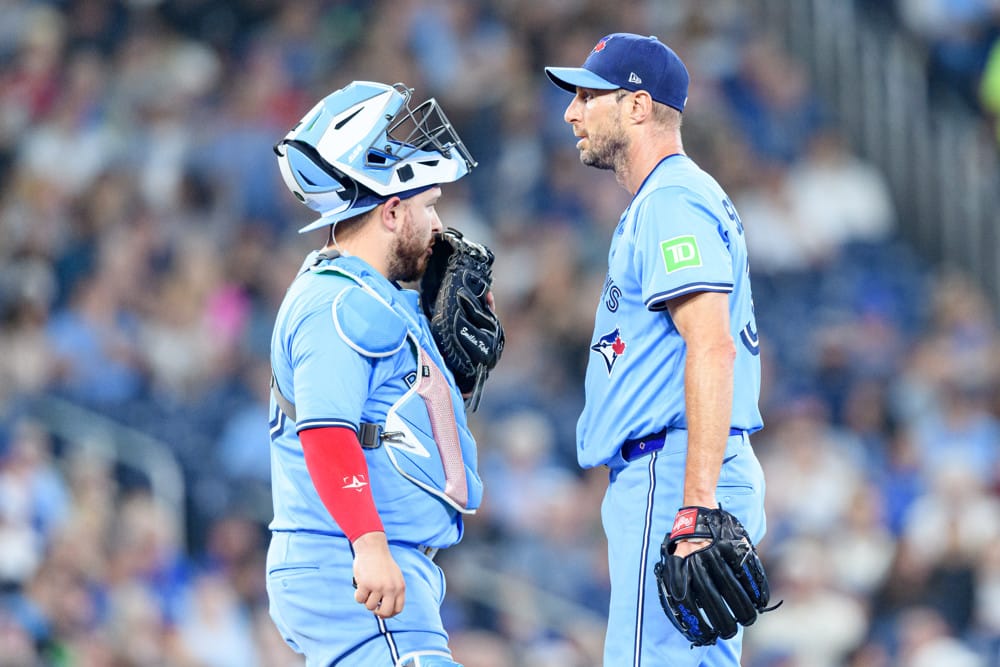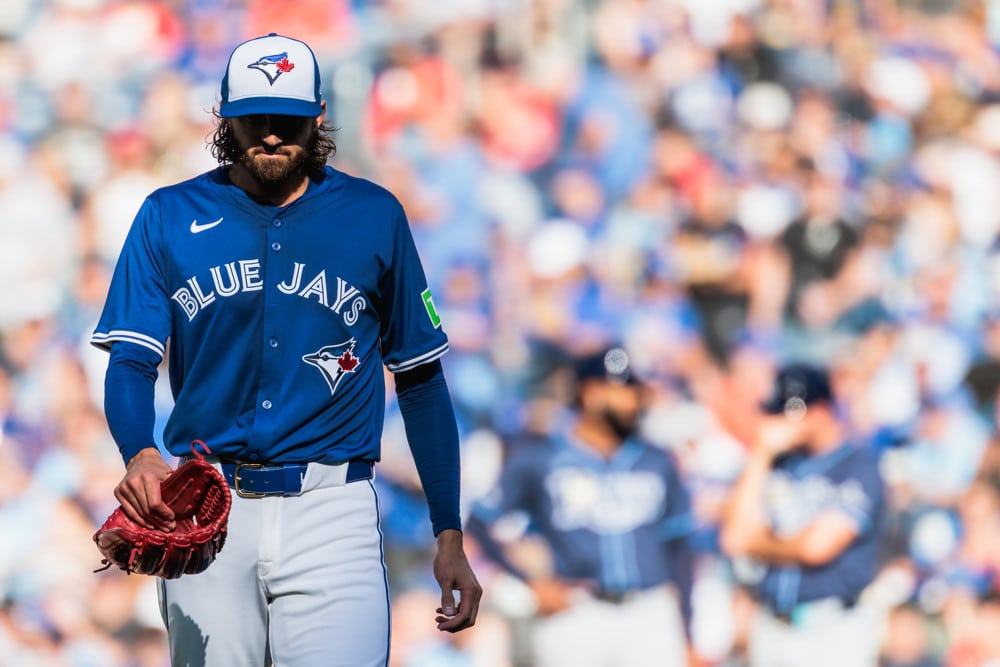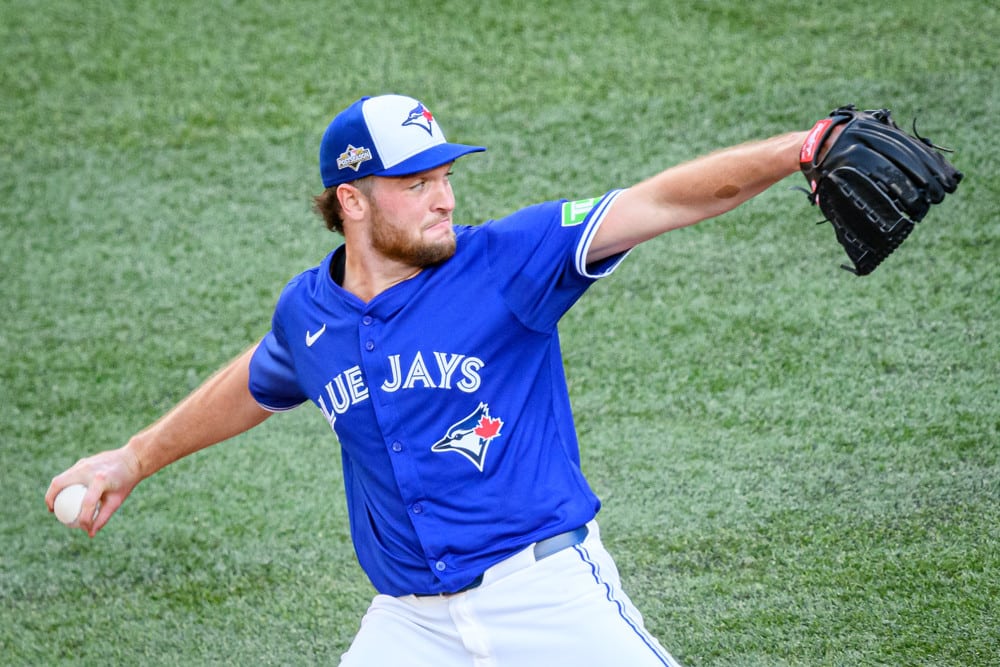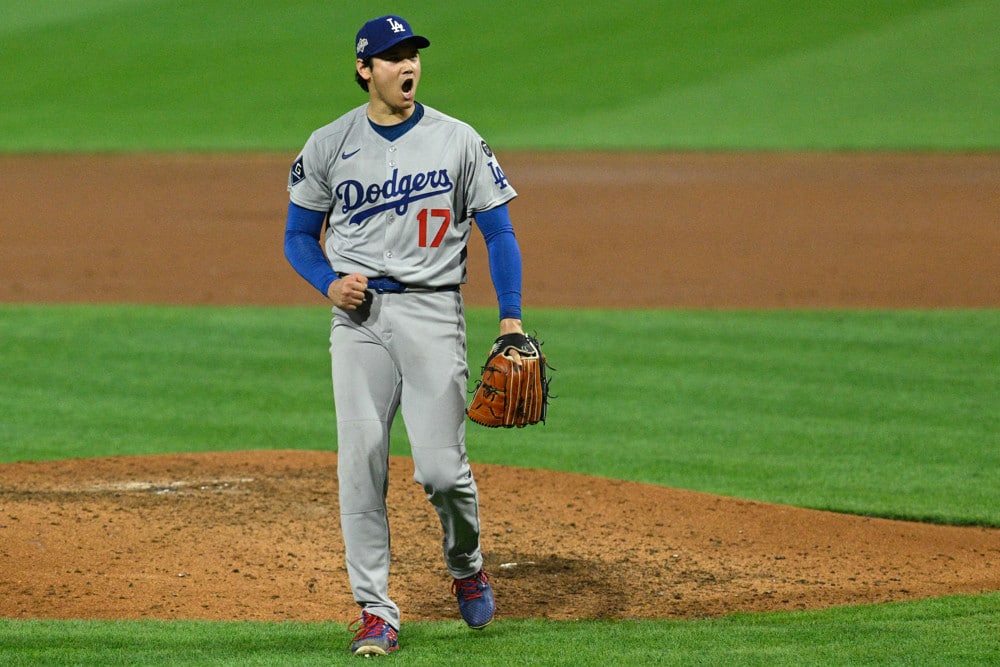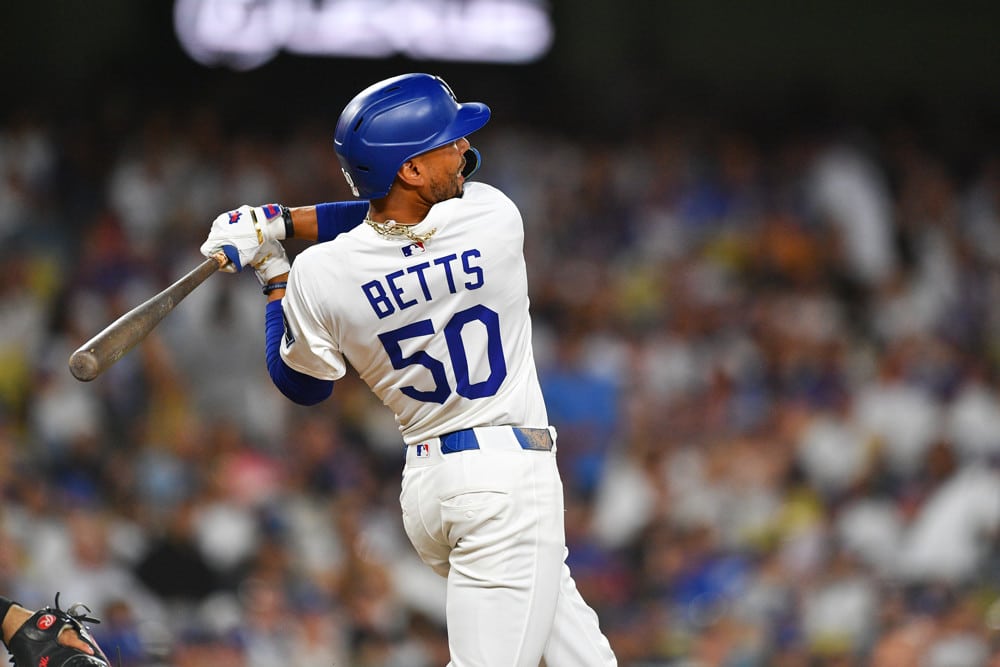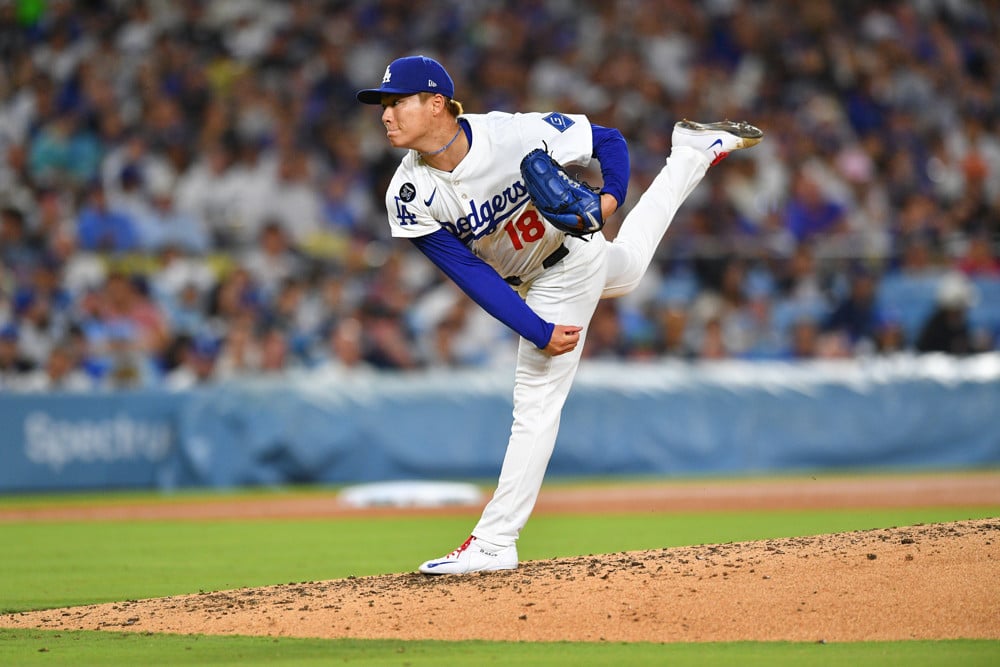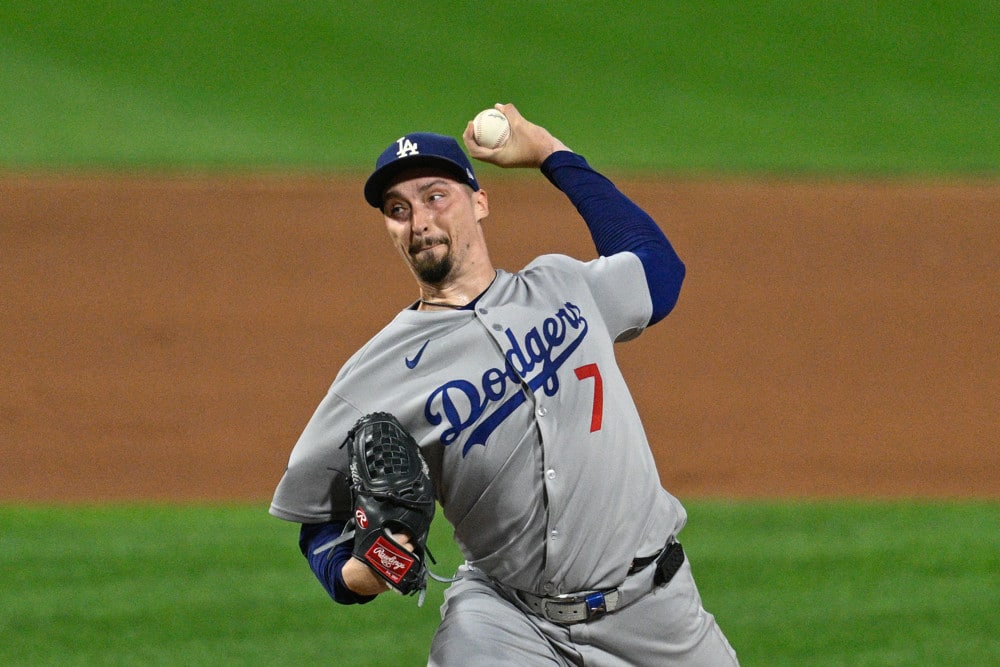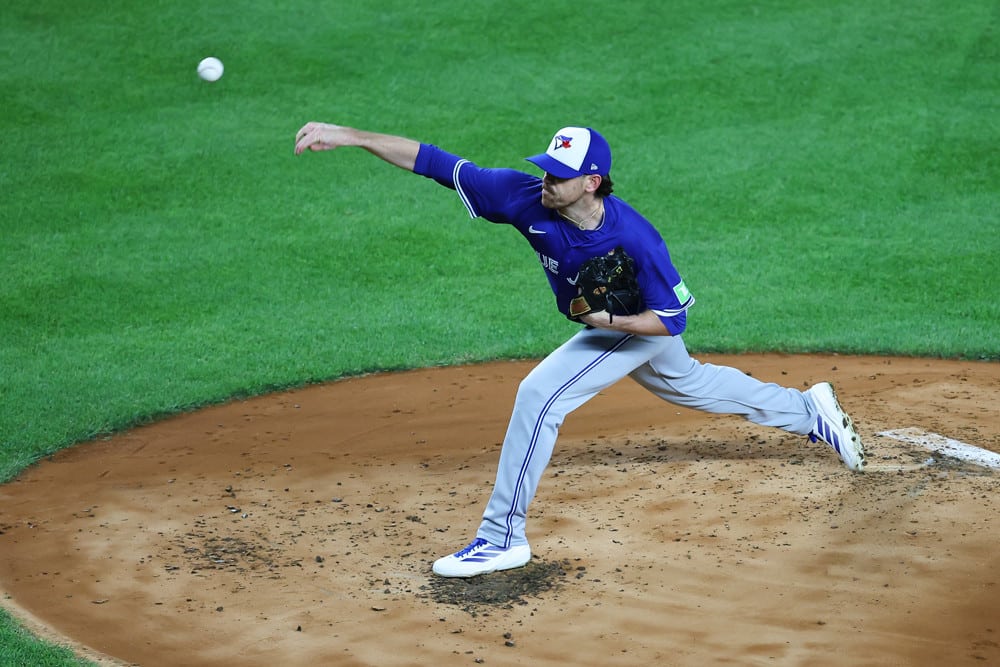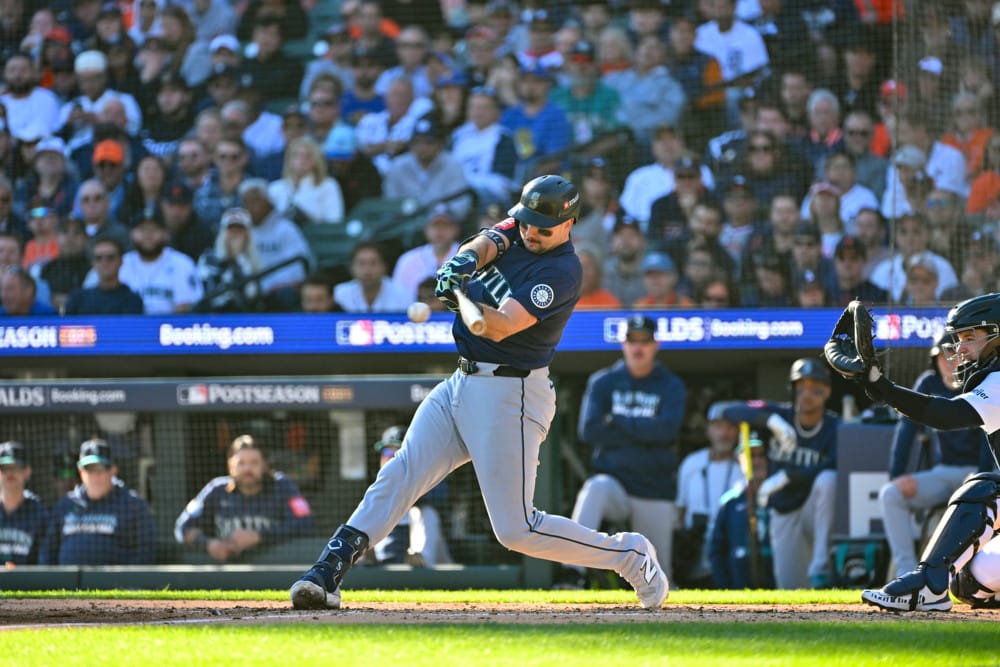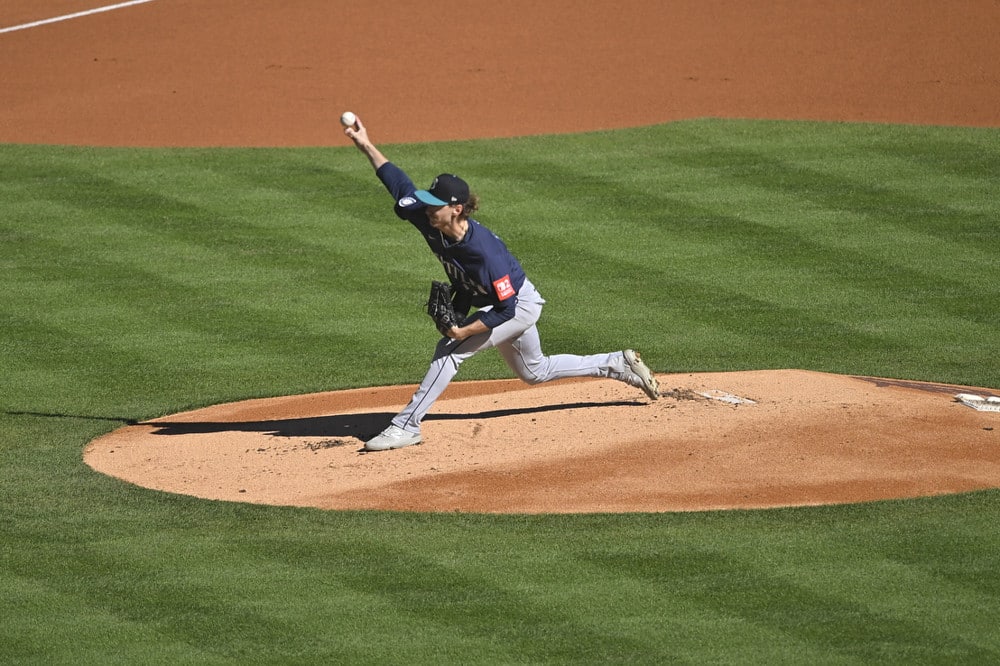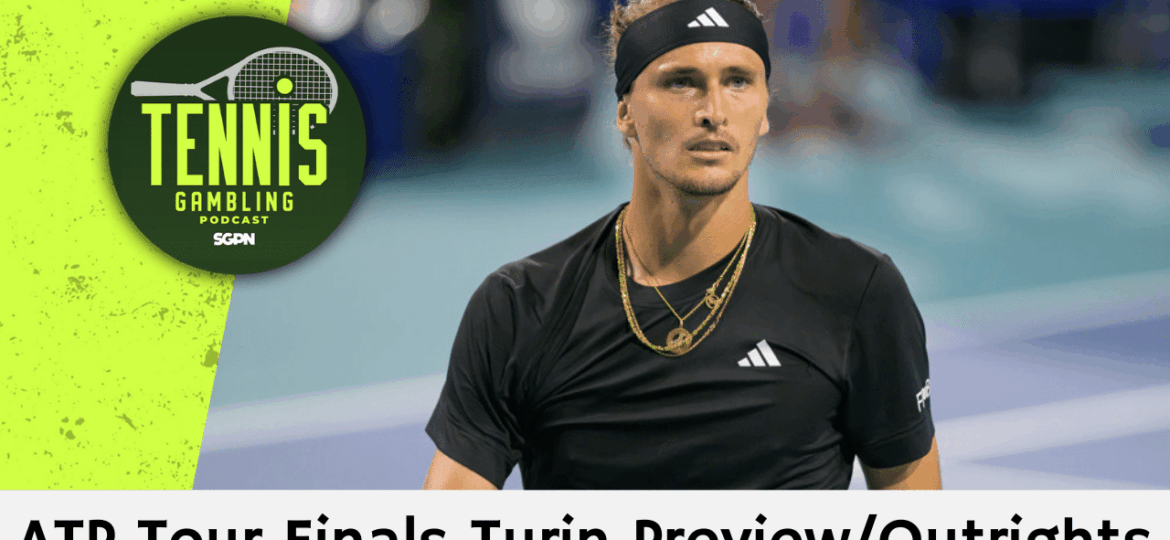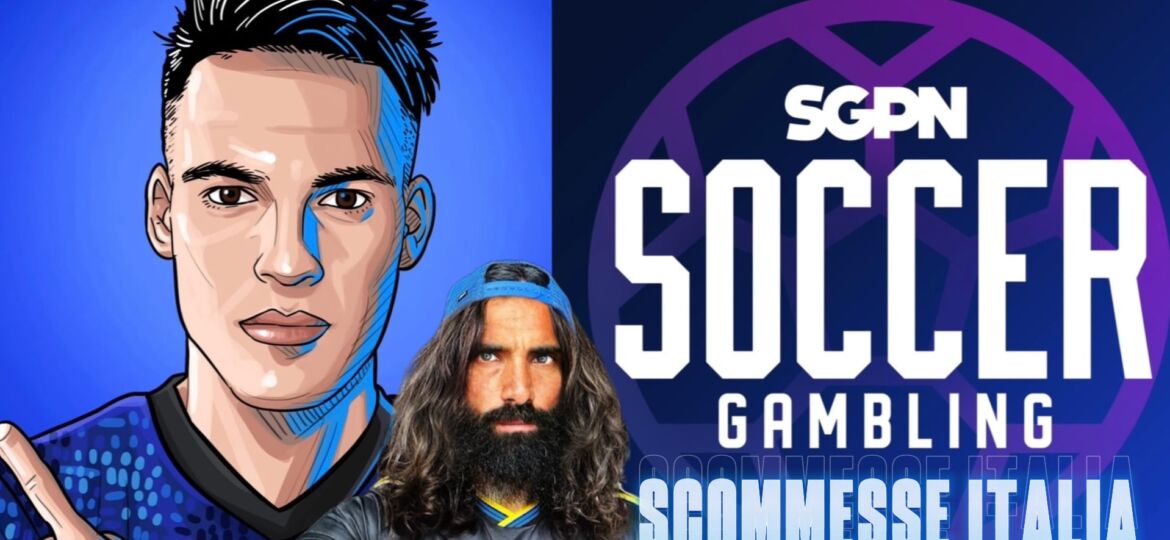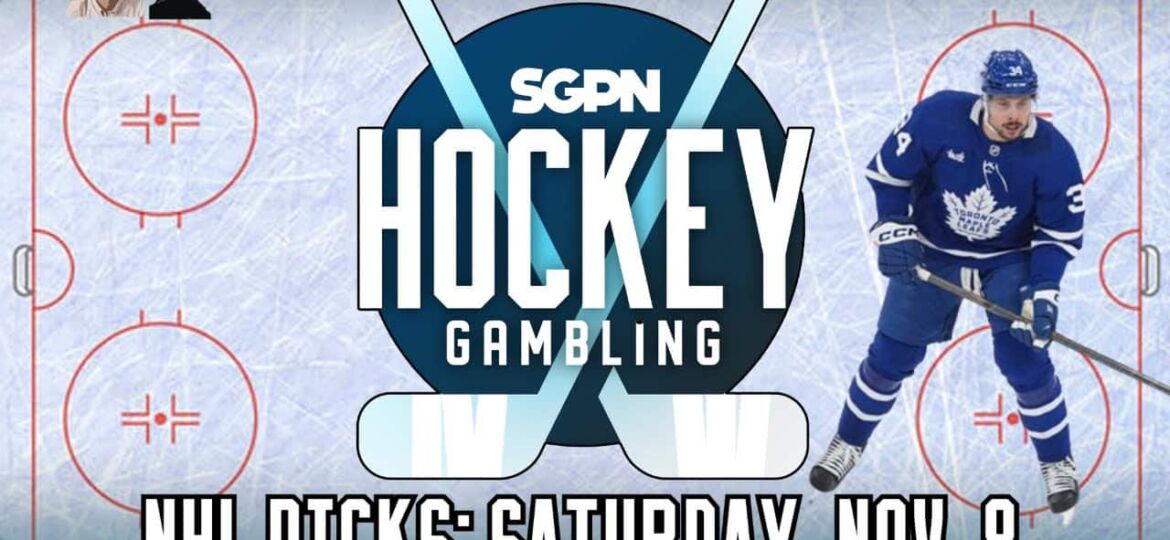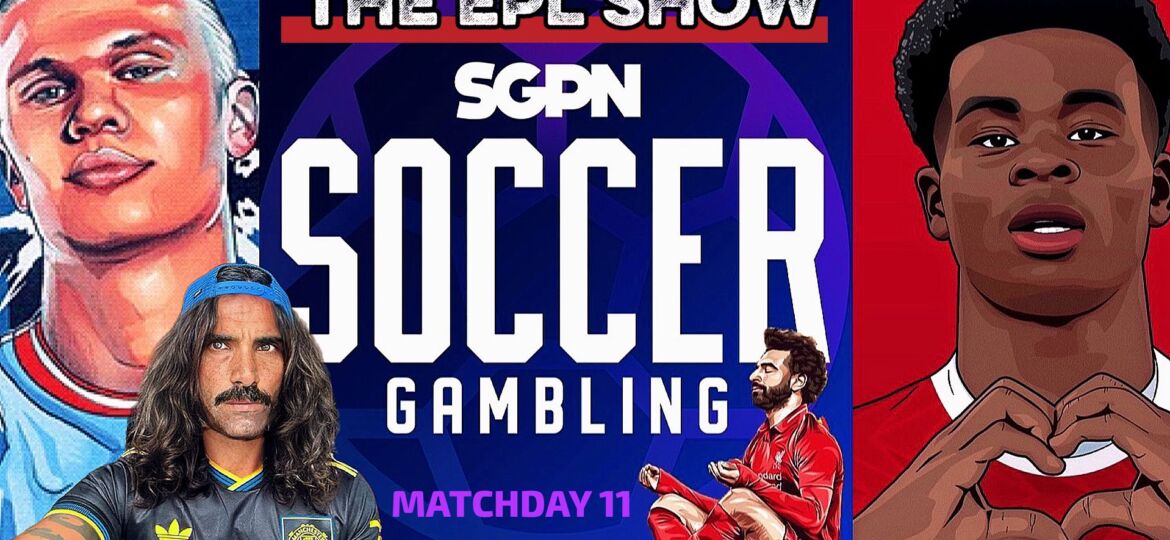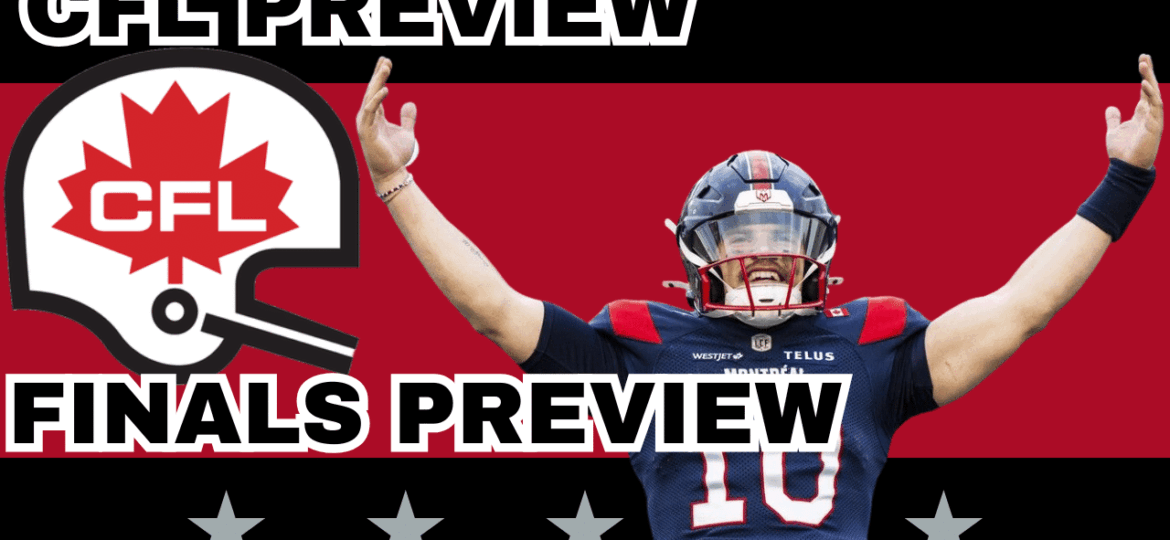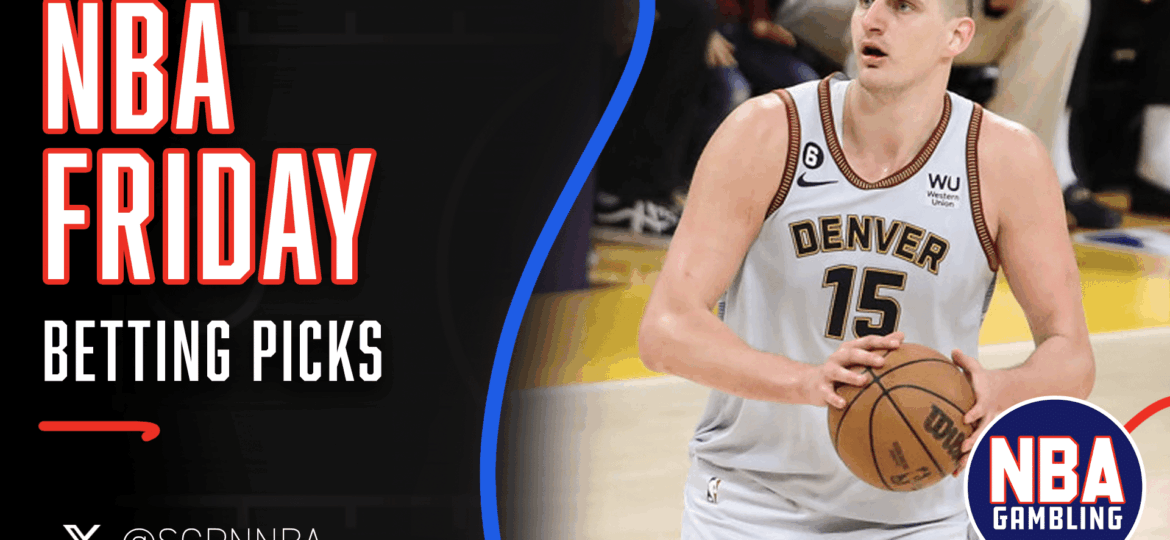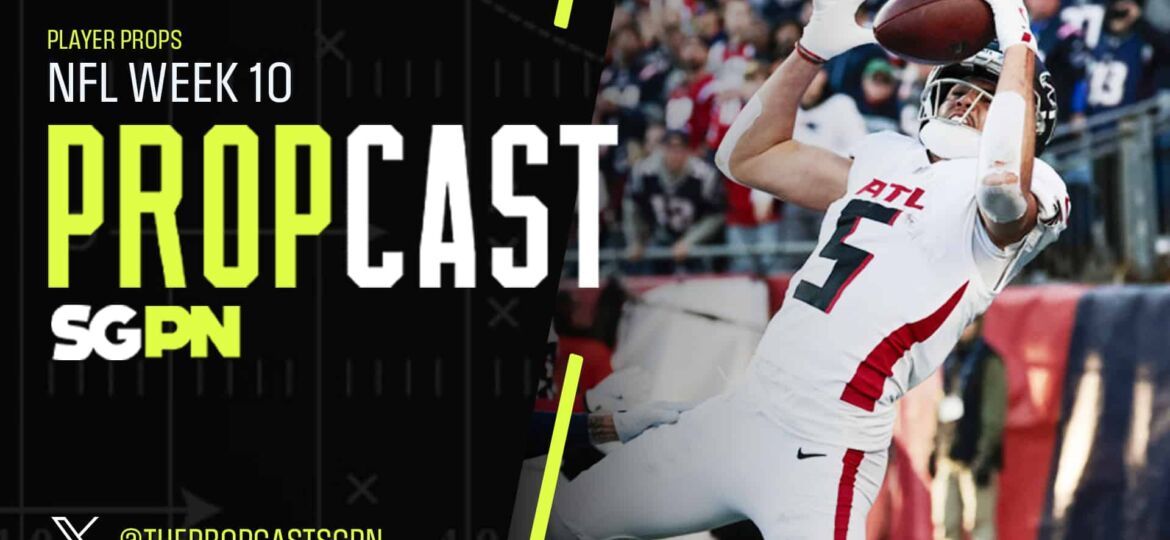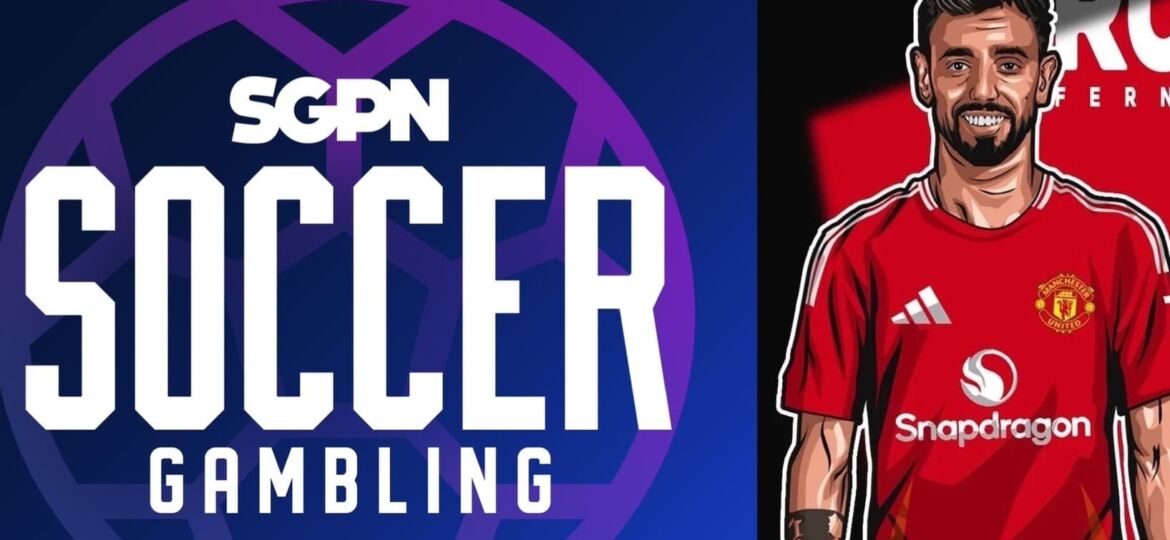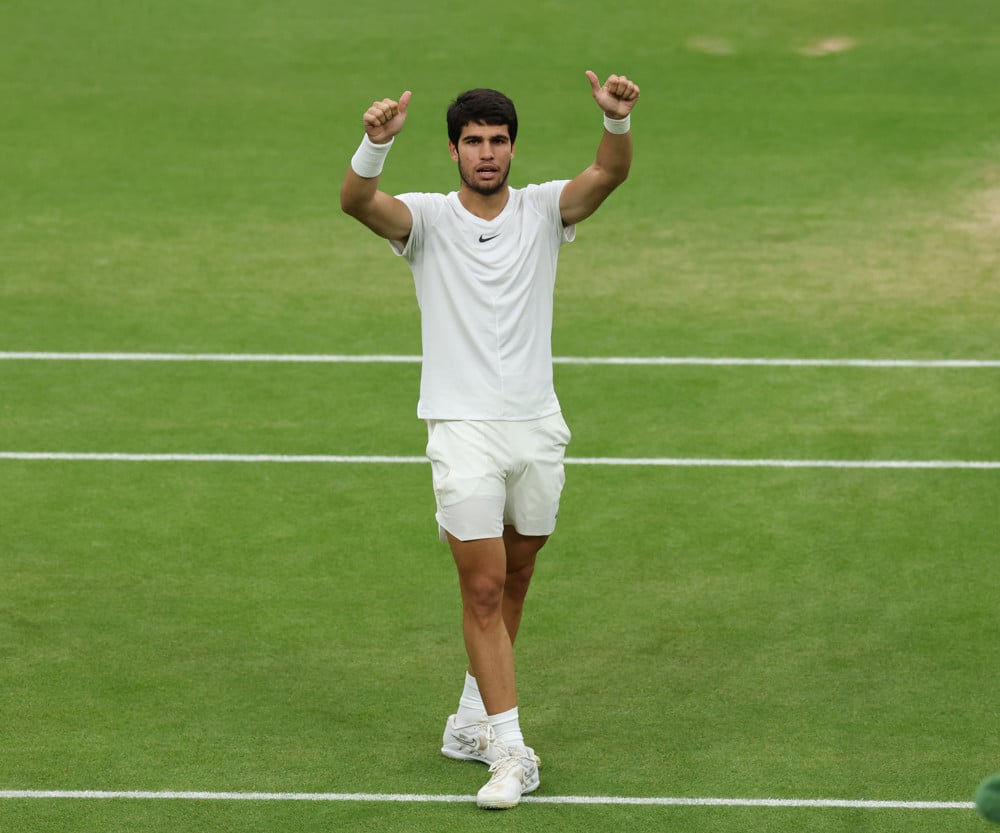
And if you’re new to betting, you need to learn that surface type is one of the few consistent edges you can rely on. So, how does it work and why does it matter?
How surfaces actually change the game
Tennis has three main surfaces—clay, hard court, and grass. Each one plays differently:
Clay
Clay slows everything down. The ball bounces higher, rallies last longer, and points are often won through endurance rather than power. Sliding into shots is standard. Players who can stay patient, reset rallies, and build points over time thrive here.
Hard courts
Hard courts sit in the middle. They’re quicker than clay but more controlled than grass. The bounce is reliable, which helps players find rhythm. You don’t need to end every point quickly, but you can. Movement is clean, and rallies are long enough to allow for tactics without demanding the physical grind of clay. Aggressive baseliners do well here.
Grass
Grass is the fastest and most unpredictable. The ball stays low and skids through the court, and returns become harder. and favors players with fast hands and short points. There’s less time to react, which makes footwork and anticipation crucial. So, grass courts favor players with fast hands and short points.
That shift in speed and bounce reshapes what kinds of points get played, what kind of player has an edge, and how long matches run. That’s why it’s not a minor detail for players, fans, and bettors, but the foundation the match sits on.
Famous players and their favourite courts
Some players adjust across all three surfaces. Most don’t. And you can often spot where things will break down just by looking at the court. Here are a few examples of famous players and their preferred courts:
- Rafael Nadal is often called the “King of Clay.” He holds a staggering 90.5 % career win rate on clay, with 63 clay titles, including 14 French Opens, and has an astounding 81‑match unbeaten streak at Roland Garros.
- Roger Federer shines on grass, with a nearly 87 % win rate there between 2011–2020. He is almost unstoppable in grass-court Grand Slams but less so on clay, where his win rate drops into the mid-70 % range.
- Stan Wawrinka shows a career-high clay win rate of about 66 %, and he’s particularly dangerous during clay Masters and French Open runs. He reached the finals in Monte Carlo and won the 2015 Roland Garros.
- Carlos Alcaraz is a rising star who’s already reached at least 15 clay finals, winning 10 titles, including a French Open. He mixes power-based hard-court play with effective clay-court consistency.
Recognizing these splits can help you see where the real opportunity lies.
What to look at before you bet
If you’re only checking recent form and rankings, you’re missing half the picture. Surface-specific context helps make sense of the “upsets” that aren’t really upsets at all.
Things to check:
- Win rate by surface: Plenty of players have a clear split in results. ATP and WTA stats are public and easy to track.
- Playing style: Clay favors topspin, movement, and patience. Hard courts reward clean, flat hitting.
- Tournament conditions: Not all hard courts are the same. Indian Wells is slower than Cincinnati. Madrid clay plays faster than Monte Carlo.
- Weather: Hot, dry conditions speed up clay. Humid evenings slow down hard courts. Learn how different surfaces impact playing in different weather conditions, and bet accordingly.
Besides knowing what to look at, you also need to learn what kind of bets your insights work best for.
Where this gives you an edge
Surface awareness pays off most in early rounds before the market corrects. When a clay specialist draws a higher-ranked opponent on hard, the odds may reflect rankings, not the mismatch.
It also plays into:
- Over/under bets: Slow clay courts tend to stretch matches out. Shorter rallies on hard courts can lead to quicker finishes.
- Live betting: Surface becomes more obvious as play unfolds. You can spot who’s struggling to move, who’s hitting through the court, and who’s not adjusting.
And for those using on-chain platforms, the combination of quick sign-ups and live, on-chain bets works well with tennis, especially when a match turns after a tight first set. So, explore tennis bets on sportbet.one, including live betting, and wager in a few clicks with new knowledge in the pocket.
Final thoughts
Surface doesn’t guarantee outcomes, but it tells you which players are likely to dictate the terms and which ones are just reacting. In a sport where margins are razor-thin, that context often matters more than current form or seed number.
So, ask this first: Is this the surface that fits this player’s style? Or is it the one where they just try to survive? That question alone can flip your odds.


